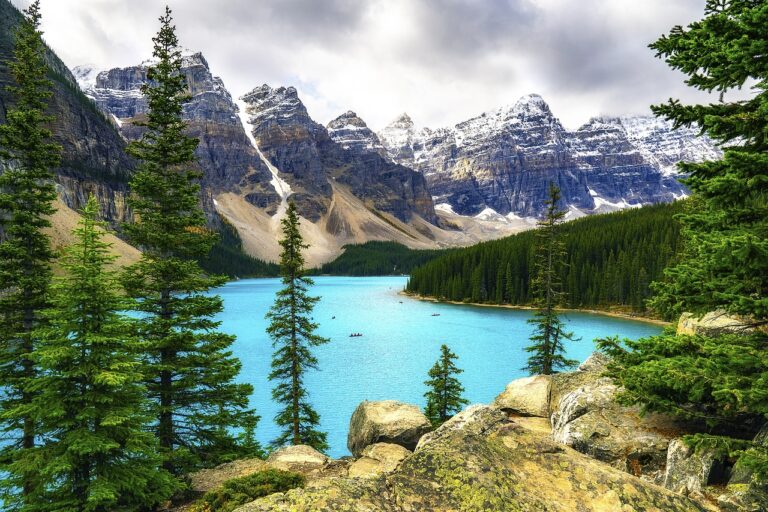Traveling for Astronomy Tourism: Observing Stars and Planets in Dark-Sky Reserves
Astronomy tourism is a niche yet thriving sector in the travel industry that caters to individuals seeking unique celestial experiences. This specialized form of tourism revolves around observing and learning about the stars, planets, and other celestial phenomena. Astronomy enthusiasts, amateur astronomers, and even curious travelers are drawn to destinations that offer optimal conditions for stargazing and astronomical exploration.
As more people seek meaningful and educational travel experiences, astronomy tourism has gained momentum worldwide. Whether it’s witnessing a meteor shower, marveling at the Milky Way, or observing a lunar eclipse, these astronomical wonders captivate individuals of all backgrounds. The appeal of astronomy tourism lies in the opportunity to connect with the vastness of the universe, fostering a sense of awe and appreciation for the night sky.
Heading 2: Importance of Dark-Sky Reserves
One of the primary reasons why Dark-Sky Reserves are considered crucial in the realm of astronomy tourism is their role in preserving the purity of the night sky. By restricting light pollution in designated areas, these reserves provide an ideal environment for stargazing and astronomical observation. This reduction in artificial light not only enhances visibility of celestial objects but also promotes the conservation of nocturnal ecosystems that rely on natural darkness for their survival.
Furthermore, Dark-Sky Reserves play a significant role in raising awareness about the importance of protecting the night sky. By creating designated spaces where visitors can experience the beauty and wonder of the stars in their unadulterated form, these reserves educate the public about the adverse effects of light pollution and the necessity of preserving dark skies for future generations. Through promoting sustainable practices and responsible lighting techniques, Dark-Sky Reserves contribute to the global effort of safeguarding our natural heritage and promoting a greater appreciation for the cosmos.
Heading 3: Best Locations for Stargazing
For enthusiasts seeking ideal spots for stargazing, Mauna Kea in Hawaii stands out as a prime location. Situated above the clouds at an elevation of over 13,000 feet, this dormant volcano provides a clear view of the night sky with minimal light pollution. Mauna Kea is home to several world-renowned observatories, making it a haven for both amateur and professional astronomers to marvel at the wonders of the universe.
Another remarkable location for stargazing is the Atacama Desert in Chile, known for its dry climate and high altitude. The region’s sparse population and lack of artificial light sources create perfect conditions for observing celestial phenomena. Visitors to the Atacama Desert can witness the Milky Way in all its glory and observe various astronomical events with exceptional clarity, making it a must-visit destination for those passionate about astronomy.
What is astronomy tourism?
Astronomy tourism is the act of traveling to different locations to observe and enjoy celestial phenomena, such as stargazing, meteor showers, and solar eclipses.
What are Dark-Sky Reserves?
Dark-Sky Reserves are designated areas with minimal light pollution, making them ideal for stargazing and astronomy tourism. These reserves are carefully managed to preserve the natural darkness of the night sky.
Where are some of the best locations for stargazing?
Some of the best locations for stargazing include Mauna Kea in Hawaii, Atacama Desert in Chile, NamibRand Nature Reserve in Namibia, Cherry Springs State Park in Pennsylvania, and Aoraki Mackenzie International Dark Sky Reserve in New Zealand.
Why are these locations considered the best for stargazing?
These locations are considered the best for stargazing because they have low light pollution, clear skies, and high elevation, which provide optimal conditions for observing the night sky and celestial events.





